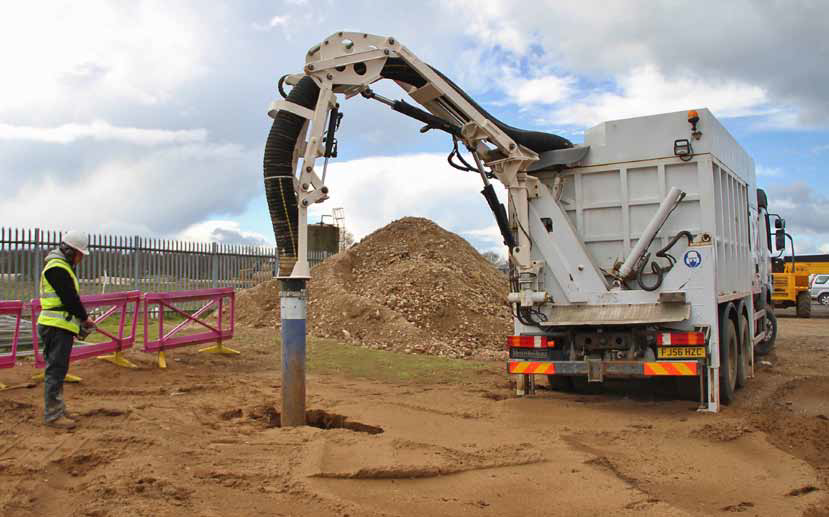Tree Pruning: Nurturing Healthy Trees and Beautiful Landscapes
Tree pruning is a vital practice that promotes the health, safety, and aesthetics of trees in both urban and natural environments. By selectively removing specific branches or parts of a tree, pruning helps maintain proper structure, stimulates growth, improves air circulation, and prevents potential hazards. In this article, we will explore the importance of tree pruning, the benefits it offers, and best practices to ensure optimal results.
Enhancing Tree Health and Vigor:
Proper tree pruning contributes to the overall health and vigor of trees. By removing dead, diseased, or damaged branches, pruning prevents the spread of infections, inhibits insect infestations, and promotes the growth of new, healthy foliage. Pruning also improves light penetration and air circulation within the canopy, reducing the risk of fungal diseases and promoting optimal photosynthesis.
Structural Integrity and Safety:
Pruning plays a crucial role in maintaining the structural integrity of trees, particularly in urban areas. Regular pruning helps manage branch weight distribution, reducing the risk of branch failure and potential damage to property or injury to people.
Corrective pruning techniques, such as removing crossing or rubbing branches, can correct structural imbalances and improve tree stability, enhancing overall safety.
Aesthetics and Landscape Appeal:
Tree pruning is an art that enhances the visual appeal of landscapes and urban environments. By selectively pruning branches, arborists can shape trees to complement their surroundings, maintain desired tree forms, and promote balanced growth.
Pruning enhances the natural beauty of trees, accentuating their unique characteristics and creating visually pleasing landscapes.
Clearance and Obstruction Management:
Pruning is essential for managing tree clearance and preventing obstructions. Trees growing near buildings, roads, power lines, or other structures may require pruning to ensure adequate clearance and prevent potential hazards. By selectively removing branches that interfere with infrastructure or obstruct sightlines, pruning helps maintain safety, functionality, and clear passage.
Fruit Production and Tree Maintenance:
In orchards and fruit-bearing trees, pruning plays a vital role in maximizing fruit production and quality. Proper pruning techniques stimulate fruit-bearing wood, improve light penetration, and optimize air circulation, reducing the risk of diseases and promoting optimal fruit development. Regular pruning also facilitates tree maintenance by allowing easy access for pest control, inspections, and other tree care practices.
Best Practices for Tree Pruning:
- Hire a Certified Arborist: Consulting a certified arborist ensures professional expertise and adherence to industry standards and practices.
- Understand Tree Species: Different tree species have unique growth habits and pruning requirements. Familiarize yourself with the specific needs of your tree species before pruning.
- Prune During Dormant Season: Pruning during the dormant season (late winter or early spring) minimizes stress on trees and reduces the risk of disease transmission.
- Use Proper Tools and Techniques: Use clean, sharp pruning tools and follow proper pruning techniques, such as making clean cuts just outside the branch collar to promote healing.
- Avoid Over-Pruning: Avoid excessive pruning, as it can weaken trees and impact their long-term health and stability. Maintain a balanced canopy structure while removing only necessary branches.
Conclusion:
Tree pruning is a vital component of tree care, contributing to the health, safety, and aesthetic appeal of trees in our surroundings. By promoting tree vigor, structural integrity, and proper clearance, pruning ensures the longevity and sustainability of our urban and natural landscapes. When performed with care and knowledge, tree pruning nurtures healthy trees, enhances visual beauty, and fosters a harmonious relationship between humans and nature.



